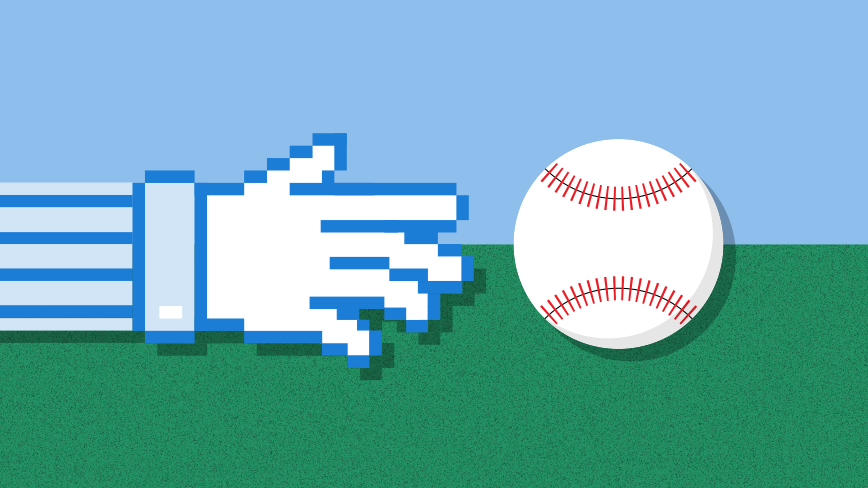With the arrival of spring and the 2015 season just a few weeks old, new Major League Baseball commissioner Rob Manfred is implementing changes aimed at making the game more appealing to a new generation of fans — and the big advertisers that support the league.
Though it’s still considered America’s national pastime, some argue that baseball has faded from prominence, with the National Basketball Association and National Football League commanding larger audiences. They’re often seen as more relevant and in touch with fans, giving their advertisers an edge with critical demographics.
Enter Manfred who is suggesting a more media-friendly approach than his predecessor. His changes also have the potential to capture the interest of big brands looking to engage with the coveted younger audience and other key demographics.
Here’s a snapshot of the MLB strategy, according to a recent article in AdWeek:
They’re speeding up the pace of the game.
The MLB is betting that a faster rate of play will keep smart phone toting fans from moving onto the next entertainment fix when they get bored. For the first time, batters will need to keep one foot in the batter’s box, and the time between innings will be capped. The MLB is even testing a pitch clock in the minor leagues.
They’re also playing the long game — with a focus on the youth market.
“Our research suggests that there are two biggest determinants of [fandom]: Did you play the game as a kid? And how old were you when your parents took you to the ballpark for the first time? So, we’re focusing on youth participation, which is obviously a long-term investment. But we’re also running a number of programs and promotions directed at encouraging parents and grandparents to take kids to the ballpark,” says Manfred. Many people remember the advertisements of their childhood, and getting in front of people earlier helps brands create lasting relationships with their target audiences.
They’re placing a premium on reaching the Hispanic market.
“It’s an important outreach effort for us in terms of growth of the game. We see both Mexico and the Caribbean as principle points of focus in terms of the internationalization of the game. Obviously, Mexico and other countries in the Caribbean have baseball ingrained as part of their culture, and you feel that those are opportunities that are really right for us,” according to Manfred. Pulling in new and growing parts of the population gives advertisers exposure to different audiences, which can sometimes be hard to reach without specific targeting.
The league is focusing on its mobile offerings, creating a broader live streaming offering and placing a new emphasis on social marketing.
They’re also looking to leverage younger stars as many household names, like superstar New York Yankee shortstop Derek Jeter, retire and their fans age past the prime age for advertisers.
Beyond the MLB’s strategy, nine teams are looking to expand their appeal to women by promoting Ladies’ Nights. At the Atlanta Braves’ games, a $45 ticket package will include an outfield seat plus a feather boa, an Alex and Ani Braves charm bracelet and a donation to a charity that supports cancer research. In Minnesota and Florida, teams are promoting their wine offerings as an alternative to beer and the stereotypes of a typical baseball attendee.
Indeed, the MLB already commands a larger audience of female fans who attend its games in person, an audience so large it beats other professional sporting events combined. According to a Scarborough survey cited in AdWeek, 14.3 million women attended games last season. That was more than the NFL, NBA and NHL combined, per the consultancy. Women make up nearly half (46%) of baseball’s fan base, according to ESPN.
The bottom line: The new strategy could attract a younger and more diverse group of attendees, giving marketers more exposure for their dollars and the chance to build lasting and positive relationships with a new generation of fans.

